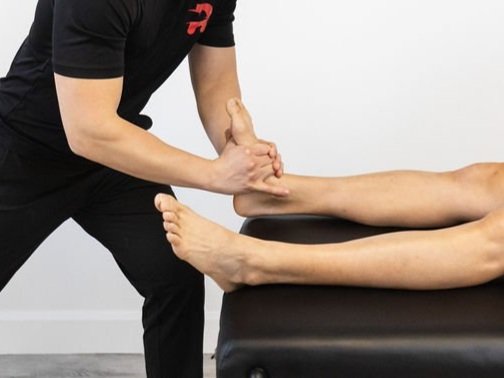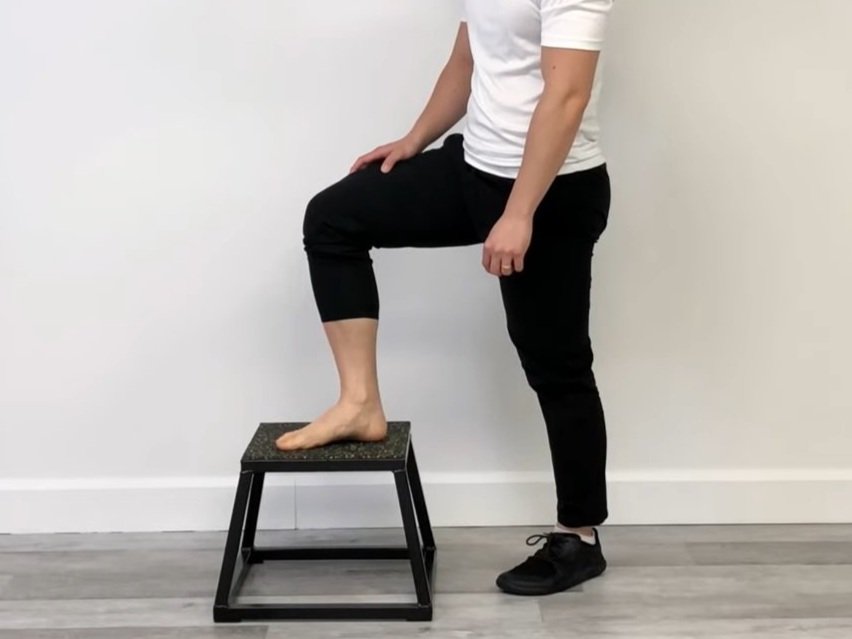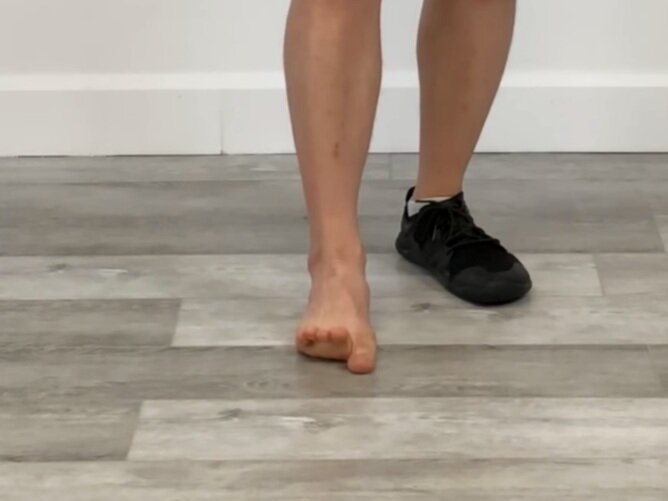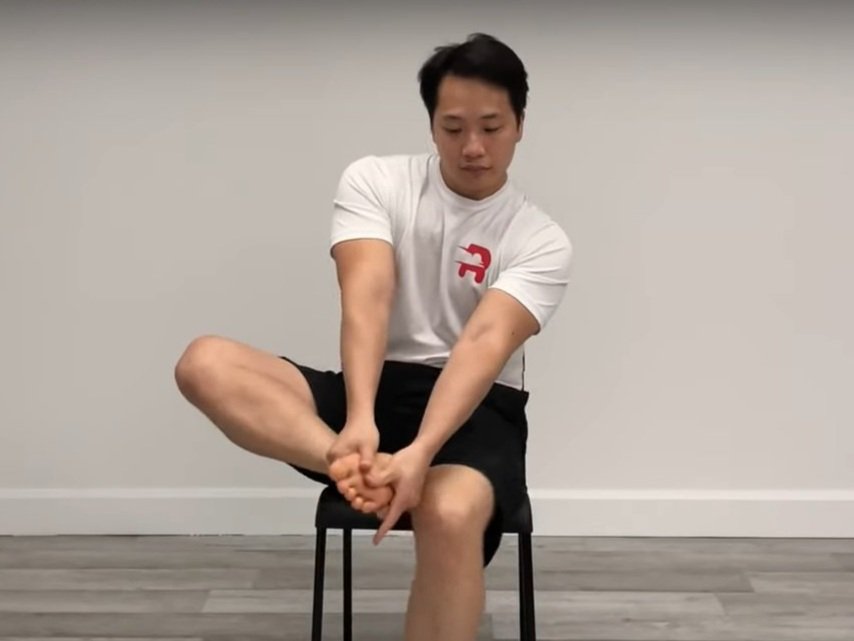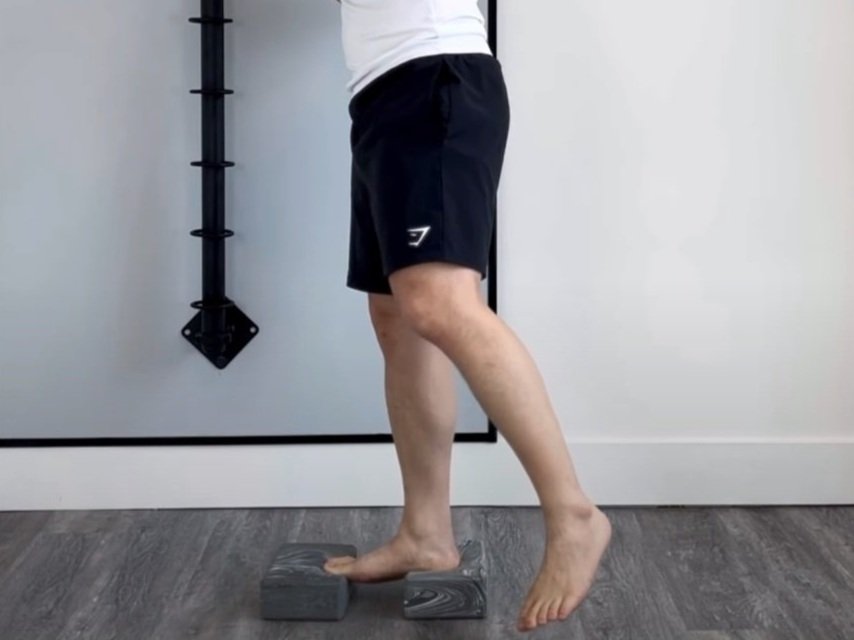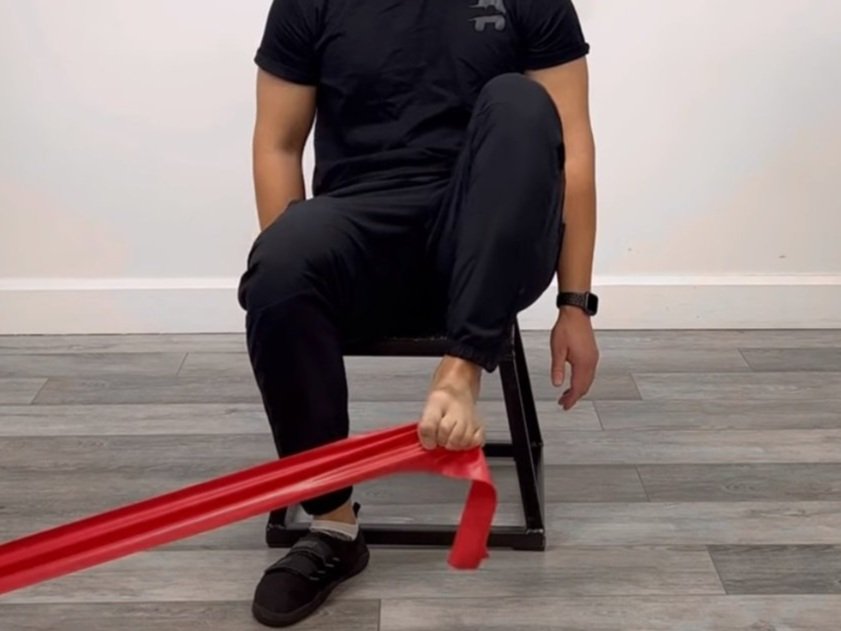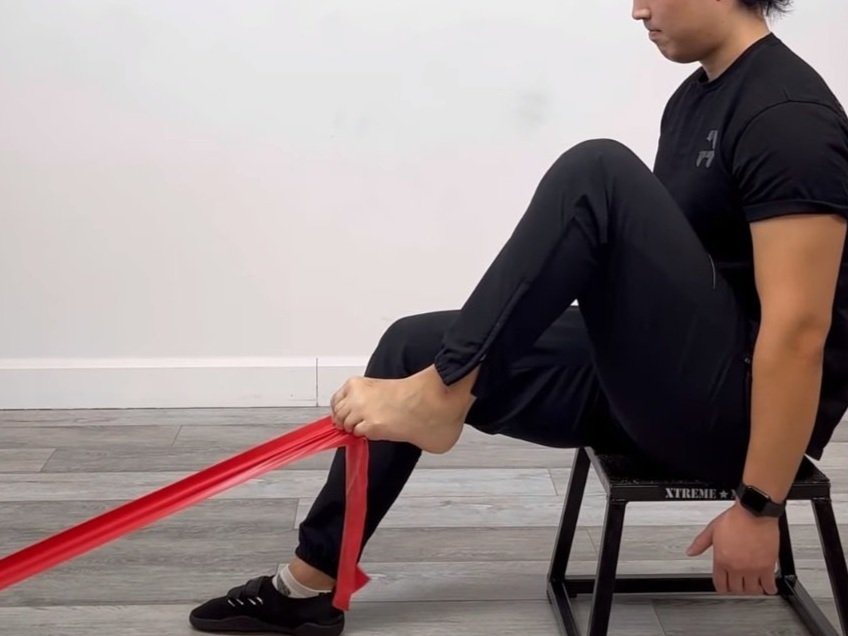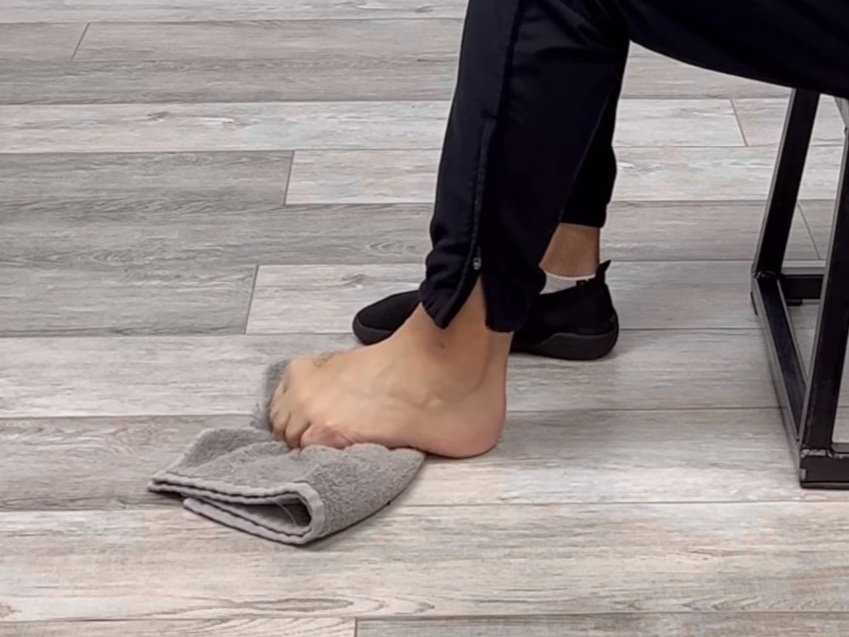What is Metatarsalgia?
What Causes Foot Pain?
Learn about this foot symptom
What Is Metatarsalgia?
Metatarsalgia is a term used to describe pain located in the joints of the forefoot. This pain is associated with activities that increase stress to the metatarsophalangeal joints (knuckles of your toes). Typically there is not acute incident that triggers symptoms. The pain may takes weeks to months to develop and is worse with activities (particularly high impact). Pain may be noticed during periods of sudden increased activity levels or weight gain.
What causes metatarsalgia?
Metatarsalgia is a repetitive overuse or repetitive stress injury. This injury can occur with overtraining, wearing inappropriate footwear during sports, jumping or running on hard surfaces, or wearing high heels. Chronic irritation can occur when aggravating activities are continued (push through pain), and may lead to irritation of surrounding muscles and persiosteum.
Over pronation of the medial longitudinal arches (pes planus), high arches (stress fractures), splay foot, and joint instability (subluxations/dislocations) can contribute to pain experienced in metatarsalgia.
Structural causes of metatarsalgia include bony deformities (bunions, hammer toes), callus, decreased fat pads, ligament laxity (previous sprain injury or pregnancy), weak toe flexors and tight toe extensors.
What conditions are related to metatarsalgia?
Systemic conditions such as gout or rheumatoid arthritis may contribute to pain experience in the foot. Other associated conditions include Morton’s neuroma and Freiberg’s disease.
Who typically gets metatarsalgia?
Metatarsalgia typically occurs in adult males who have an active lifestyle.
Do I need an x-ray to diagnose metatarsalgia?
In most circumstances diagnostic imaging is not required unless conservative treatment fails or if ruling out other pathologies are required. X-rays may be used to rule out rheumatic arthritis. If stress fracture is suspected, bone scans can be used to assess for metabolic increased activity.
Who can diagnose metatarsalgia?
You can get assessed by an orthopedic physiotherapist or chiropractor near you. During your initial assessment, both types of clinicians will inquire about a full history regarding your injury and will subsequently perform a physical examination. This physical examination may include a neurological exam, orthopaedic tests, muscle testing, range of motion testing, and a functional movement assessment. The purpose of a physical examination is to reproduce your symptoms so that they can better understand which structures may be injured. To get assessed by a Rehab Hero physiotherapist or chiropractor click the button below:
Which treatments work for metatarsalgia?
Massage therapy can be used to focus on the intrinsic foot muscles and areas of compensation. Techniques used may include fascial release to improve muscular flexibility unless pain is due to joint instability. Likewise joint mobilization techniques including glides and distraction may be performed by your RMT, physiotherapist or chiropractor.
Which exercises help with metatarsalgia?
For athletes that require cardiovascular fitness and conditioning, swimming remains as a good option for these athletes. Once pain free, progression to low impact activities can help to maintain fitness while allowing this condition to recover. Rehabilitation exercises will generally focus on intrinsic foot muscle strengthening once pain free. Examples of these types of exercises include the SHORT FOOT and YOGA TOES exercises:
Inclusion of metatarsal and tarsal joint mobility exercises may be beneficial if joint restriction is indicated. For those with joint instability however these exercises may be contraindicated. Be sure to contact your local health care provider to receive an assessment to determine if these exercises are appropriate for you. Examples of self joint mobilization exercises include the METATARSAL OPEN BOOK and MIDFOOT TWIST exercises:
For additional exercises specific to you, book an appointment with your sports chiropractor or physiotherapist. To get assessed by a Rehab Hero therapist click the button below:
What is the prognosis for metatarsalgia?
Generally prognosis is good with conservative management and activity level modification. In more severe cases, loss of flexibility can lead to loss of range of motion and chronic stiffness. This condition may predispose you to other conditions like Freiberg avascular necrosis of the metatarsal heads, appropriate management will be required. Prognosis will also depend on the root cause of pain (rule out conditions like Morton’s neuroma, stress fractures, etc.).
How to prevent metatarsalgia?
To prevent metatarsalgia wearing appropriate footwear will be essential. Avoidance of high-heels, narrow and non-padded shoes will help with reducing re-aggravation of your symptoms. Maintaining normal activity levels and progressing slowly week to week will also help to allow your body to adapt to new activity demands. If necessary, weight loss may also help to reduce symptoms. Usage of a metatarsal pad or orthotics may also help to reduce symptoms.
Written By:
Dr. David Song, Chiropractor, Rehab Coach

